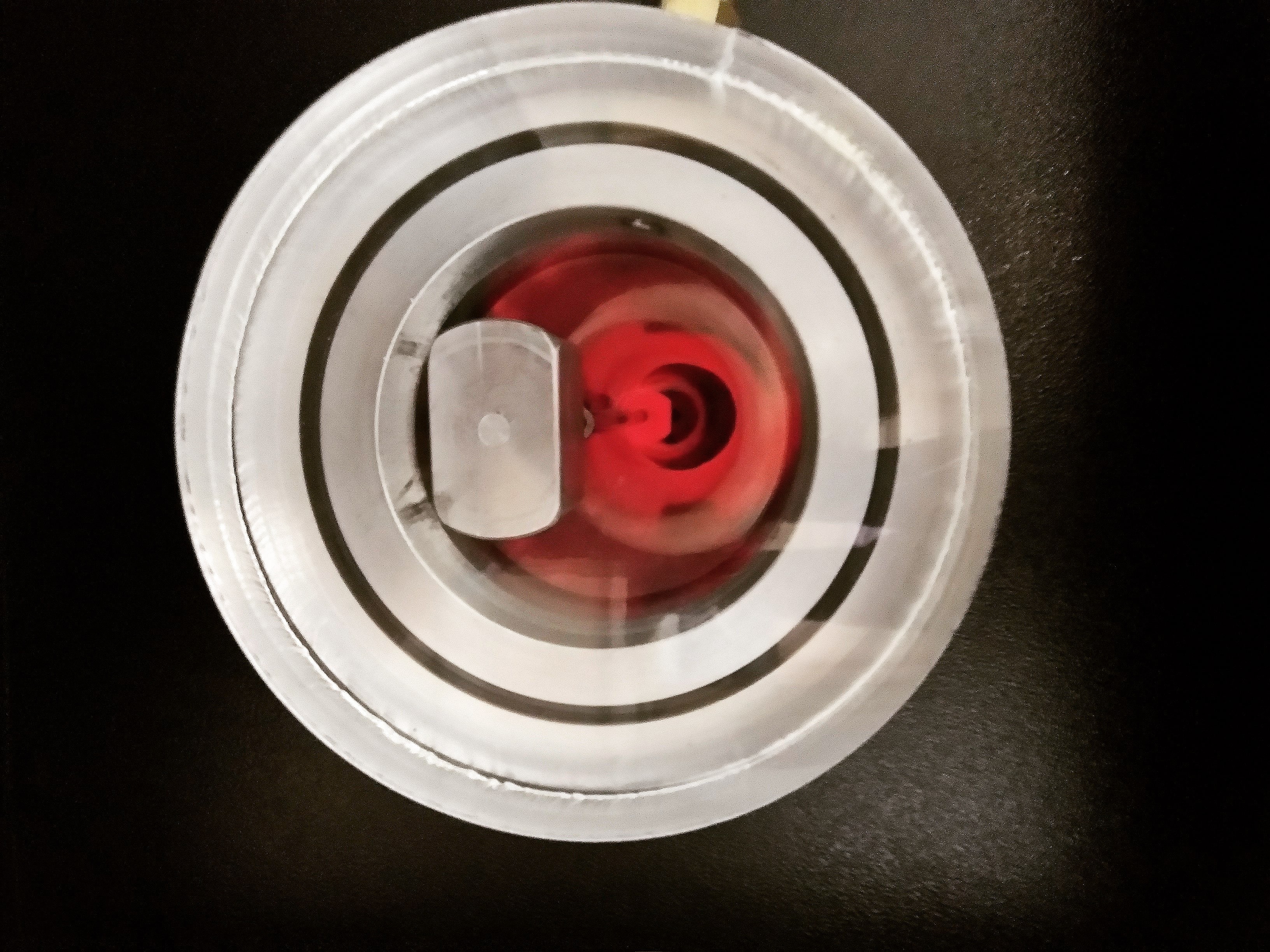
Author: Ali Kosari Mehr
Chemical vapor deposition (CVD)
Defined as the deposition of a solid film on a heated surface due to a chemical reaction in a vapor phase, the chemical vapor deposition method is a thin-film process in which depositing species are typically atoms, molecules, or a combination of both. Generally, this process is comprised of three steps:
1- Evaporation of a volatile compound of the substance to be deposited
2- Thermal decomposition of the vapor into atoms and molecules and/or chemical reaction of the vapor with other liquids, vapors, and gases at the substrate
3- Deposition of nonvolatile reaction products on the substrate
In this regard, pressures ranging from a few torr to above the atmospheric pressure of reactants and relatively high temperatures (about 1000°C) are typically required in this process.
As a thin-film process, CVD has multiple advantages culminating in its occasional preference over PVD processes. First, dissimilar to other PVD processes including sputtering and evaporation, CVD is not limited by a line-of-sight deposition. Having high throwing power, the method can relatively easily coat holes, deep recesses, and other unusual concavities and convexities. Second, being more economical compared to PVD processes now and then, the method has high deposition rates and the ability to obtain thick coatings. Third, CVD does not typically require an ultra-high vacuum.
Notwithstanding, CVD suffers from some significant drawbacks. First, it usually operates at high temperatures in which many substrates are not thermally stable. Second, it requires chemical precursors having high vapor pressure, which can be highly toxic and dangerous. Third, being a costly procedure from time to time, the neutralization of CVD’s by-products being toxic and corrosive can be problematic [1,2].
References:
1. Pierson HO (1999) Introduction and General Considerations. In: Handbook of Chemical Vapor Deposition (CVD). Elsevier, pp 25–35. Webpage
2. Wasa K, Kitabatake M, Adachi H (2004) Thin Films Material Technology: Sputtering of Compound Materials. Springer. Webpage
-
 20 Aug, 2022What is Auger electron spectroscopy?
20 Aug, 2022What is Auger electron spectroscopy? -
 13 Jul, 2022Classification of vacuum pumps
13 Jul, 2022Classification of vacuum pumps
